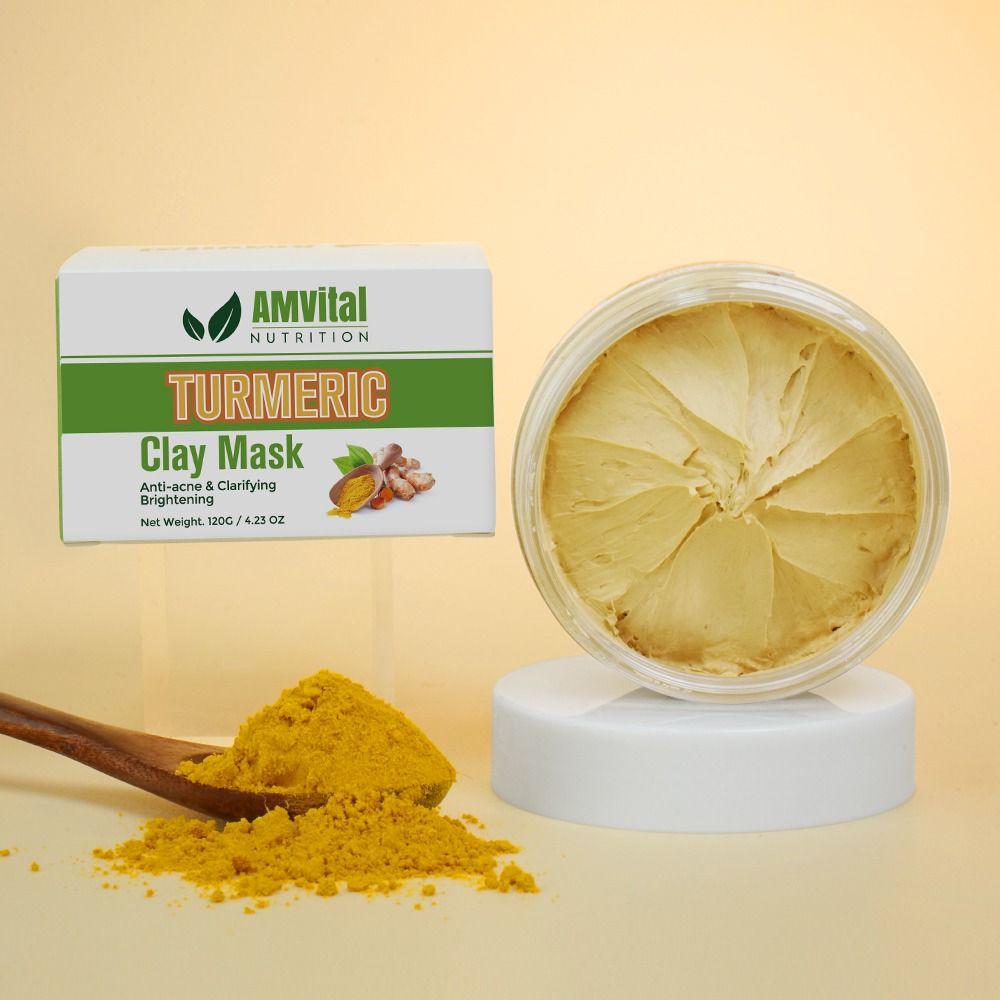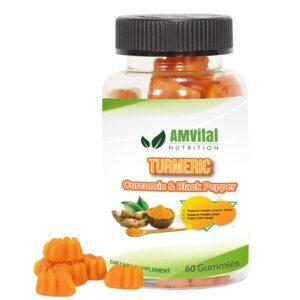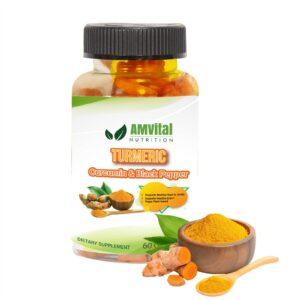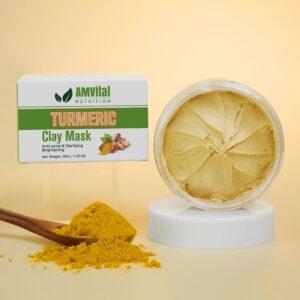Introduction
Turmeric inflammatory is a bright yellow-orange spice that’s commonly used in Indian cooking. Turmeric has been used as a healing herb for thousands of years, but only recently have researchers begun studying its possible health benefits. Most of the turmeric benefit revolves around its anti-inflammatory properties. Some research suggests turmeric could provide meaningful pain relief for people with arthritis and osteoarthritis. In Ayurvedic medicine, turmeric is used to improve digestion and liver function and to treat inflammatory conditions, such as rheumatoid arthritis
Turmeric is a bright yellow-orange spice that’s commonly used in Indian cooking.
Turmeric is a bright yellow-orange spice that’s commonly used in Indian cooking. In fact, it’s one of the main ingredients in curry powder and has been used as a culinary ingredient for thousands of years. Turmeric has a strong flavor, so it pairs well with other foods that are less potent on their own (e.g., cumin).
While you could probably buy turmeric at any grocery store near you, we recommend using this recipe because it includes honey and ginger—two additional ingredients that will help soothe your throat while also providing some natural sweetness to balance out the bitterness of turmeric. And if you don’t have fresh turmeric root lying around? You can substitute 1/2 teaspoon ground turmeric instead!
Turmeric has been used as a healing herb for thousands of years.
Turmeric, commonly used as a culinary spice in Indian cooking, has been used in Ayurvedic medicine for thousands of years. It’s also known for its bright yellow-orange color and its potent anti-inflammatory properties.
Turmeric comes from the Curcuma longa plant (also called ginger root), which is a member of the ginger family. Turmeric contains a number of active ingredients that have shown promise in preventing certain cancers and reducing inflammation throughout your body. The primary active ingredient in turmeric is curcumin—a substance that has been studied extensively for its health benefits on many different organs within your body.
Turmeric comes from the Curcuma longa plant, which is a member of the ginger family.
Turmeric is a spice that comes from the Curcuma longa plant. It’s popular in Indian cooking, and its bright-yellow to orange color makes it look like the sun! If you have ever been to an Indian restaurant, you might have seen turmeric as one of the ingredients on your menu items. Turmeric can be used fresh in soups or sautéed with onions as part of a vegetable dish. When dried and ground into powder form, turmeric can be used as an ingredient for curry powders or other types of sauces that are made from Indian spices (garlic and ginger) called masalas.
Most of the turmeric benefit revolves around its anti-inflammatory properties.
The most beneficial effects of turmeric have been linked to its anti-inflammatory properties. Curcumin is the active ingredient in turmeric, and it has been shown to help with many inflammatory conditions like arthritis and digestive disorders such as irritable bowel syndrome.
A study published by American Journal of Clinical Nutrition found that curcumin reduces inflammation and helps with pain associated with osteoarthritis. Another study also found that curcumin helps reduce inflammation when consumed orally or applied topically on skin wounds.
Some research suggests turmeric could provide meaningful pain relief for people with arthritis and osteoarthritis.
Some research suggests turmeric could provide meaningful pain relief for people with arthritis and osteoarthritis.
Turmeric is an herb that’s used in Ayurvedic medicine for digestive and liver issues. It has anti-inflammatory properties, so it may help relieve arthritic inflammation as well as other types of inflammation throughout the body.
It can be taken in many forms including gummies, which are easy to take because they’re chewed instead of swallowed whole like other tablets or capsules.
In Ayurvedic medicine, turmeric is used to improve digestion and liver function and to treat inflammatory conditions, such as rheumatoid arthritis.
Turmeric, a natural anti-inflammatory and anti-oxidant, is the most important ingredient in this formula. Turmeric has been used for centuries in Ayurvedic medicine to improve digestion and liver function and to treat inflammatory conditions such as rheumatoid arthritis. Additionally, this spice contains curcumin which is an antioxidant that can help prevent cancer. The antioxidant properties of curcumin also help protect against damage from environmental toxins or normal aging processes that cause inflammation in the body.
Curcumin’s anti-inflammatory effects are thought to be responsible for its ability to relieve pain associated with osteoarthritis (OA), rheumatoid arthritis (RA), bursitis and tendonitis. Curcumin works by blocking COX enzymes which produce prostaglandins that cause swelling and pain; however researchers have not been able to determine whether or not curcumin directly blocks these enzymes or prevents them from being activated by other substances such as cytokines released into the synovial fluid during joint inflammation.
Turmeric has many health benefits but finding the right form of it can be difficult.
Finding the right form of turmeric can be difficult because it is poorly absorbed by the body. The main problem with turmeric is that it contains curcumin, which is a very large molecule that cannot be broken down easily by the digestive system.
The best forms of turmeric are those that are most easily absorbed by the body. These include:
- Curcumin ester complex (also known as BCM-95)
- Liposomal curcumin
Conclusion
Now you know a little more about turmeric and its benefits. It is important to remember that not all forms of turmeric are the same, so make sure that you do your research before purchasing any product. It can also be helpful to consult with your doctor or health care provider before adding this herb into your diet because some people may have side effects or reactions from using it excessively.







